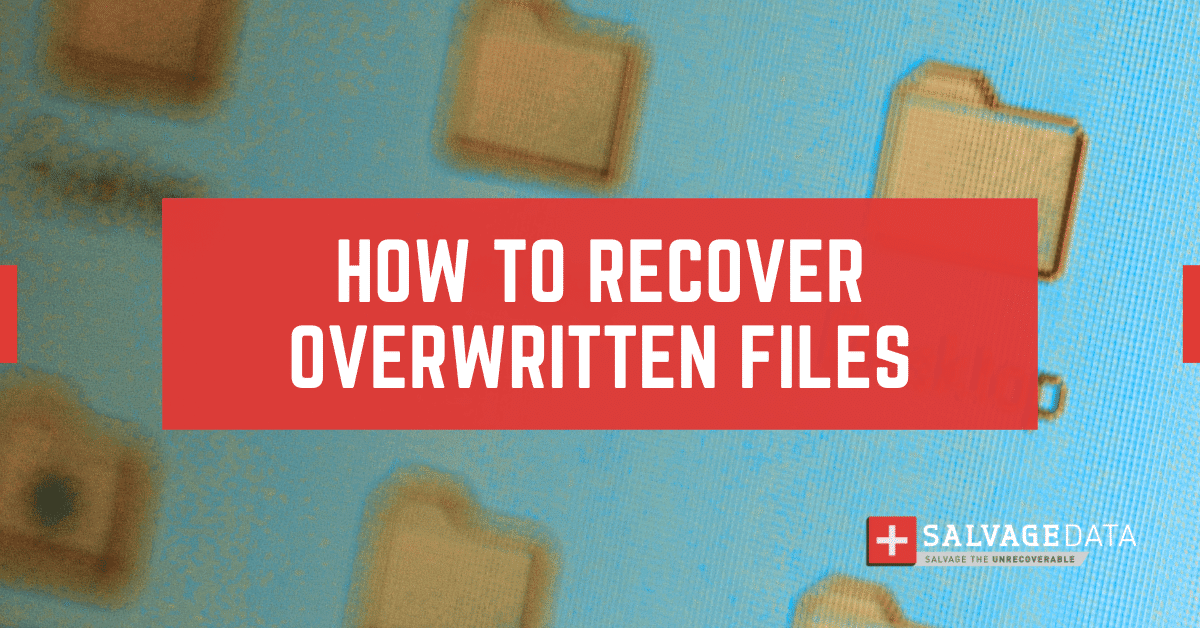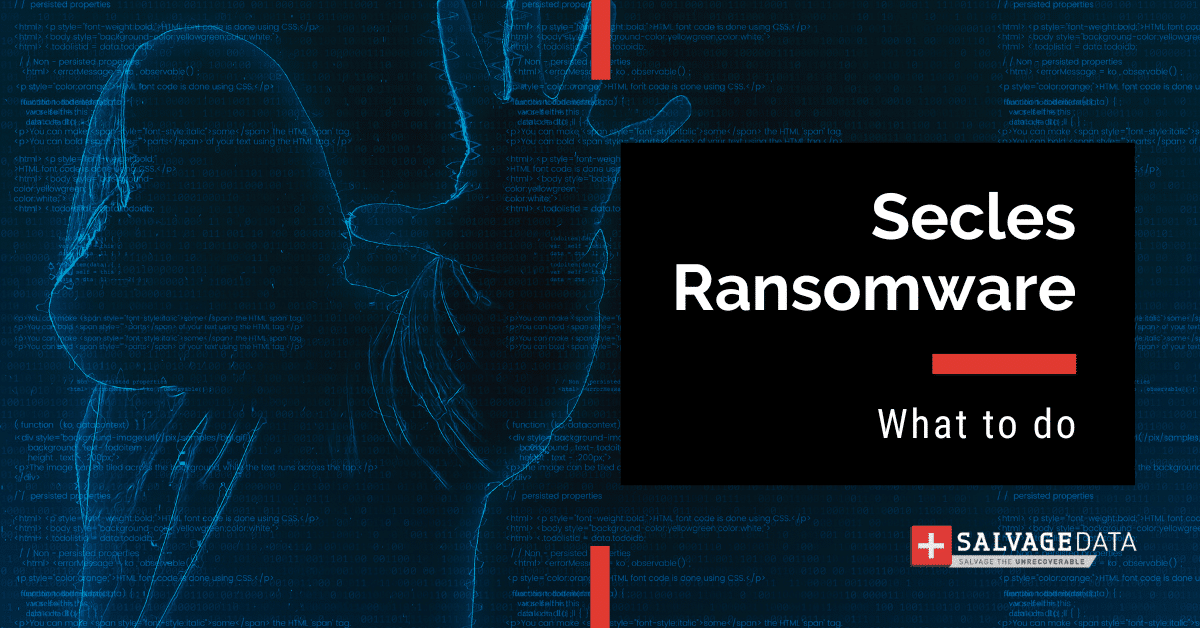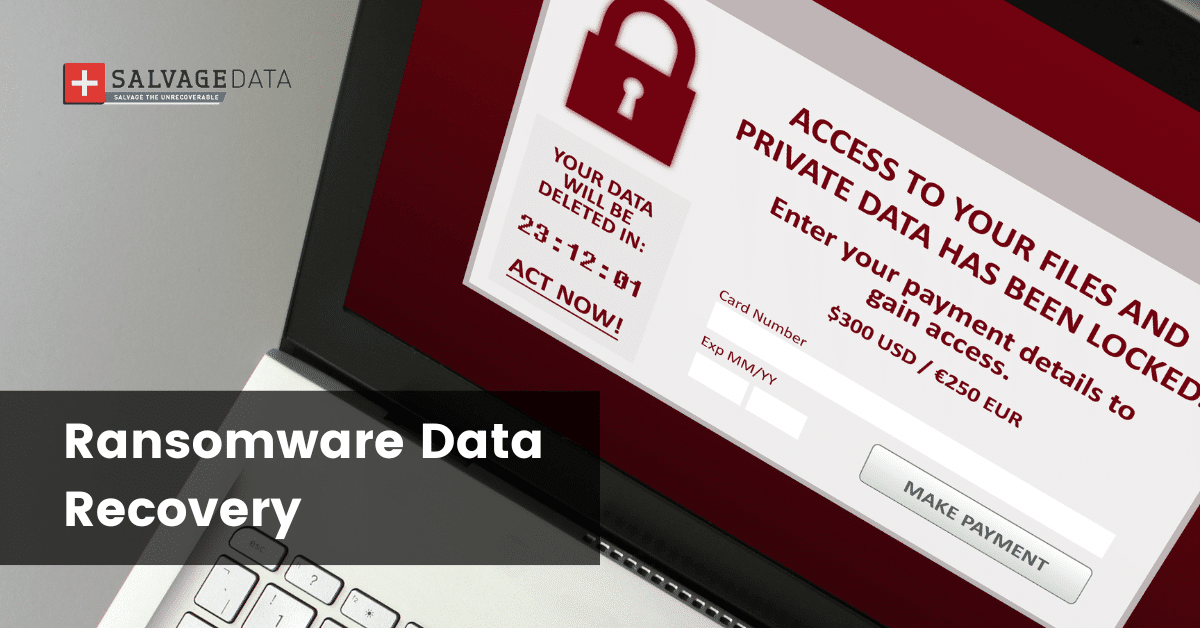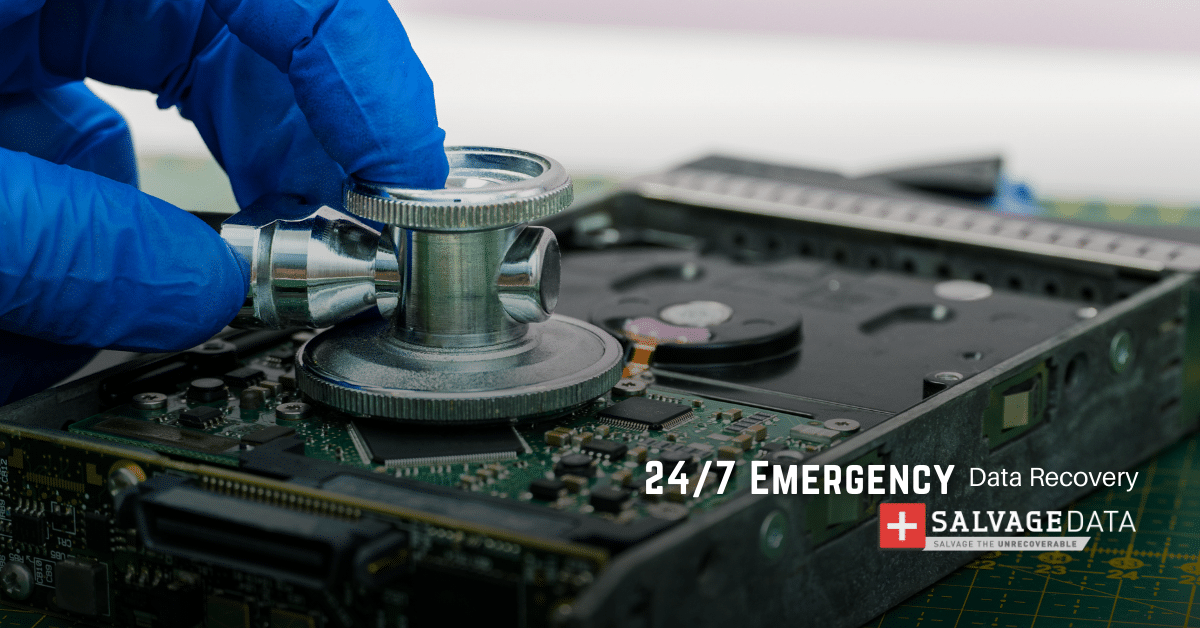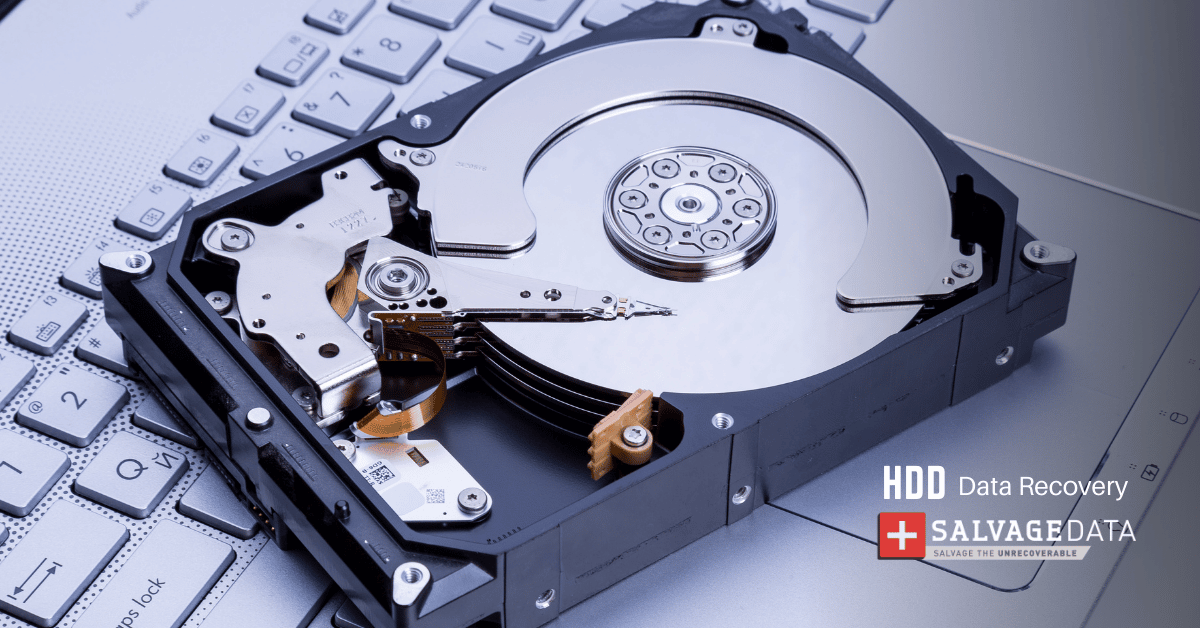Recent Articles
How To Recover Overwritten Files
The Snowflake Data Breach: A Comprehensive Overview
Mac Not Recognizing External Hard Drive: Quick Fix Solutions
How Multi-Cloud Backup Solutions Can Prevent Data Disasters
Capibara Ransomware: What is it & How to Remove
What Should a Company Do After a Data Breach: The Ticketmaster Incident
Secles Ransomware: Removal Guide
What To Do When Your Chromebook Freezes
How to Create Hyper-V Backup
What Is The Best Data Recovery Software For PC

I think there's an issue with my storage device, but I'm not sure Start a free evaluation →
I need help getting my data back right now Call now (800) 972-3282
CHIP is file-encrypting ransomware that was first seen in the wild in June 2017.
CHIP is written in the C++ programming language and uses the AES-256 encryption algorithm to encrypt victims’ files. CHIP Ransomware appends the “.chip” extension to encrypted files. For example, a file named “sample.jpg” would be renamed to “sample.jpg.chip”.
CHIP Ransomware demands a ransom of 0.5 Bitcoin for the decryption key.
CHIP Ransomware leaves a text file named “README_FOR_DECRYPTION.txt” in each directory that contains encrypted files. This text file contains instructions on how to buy Bitcoin and make the ransom payment. CHIP also changes the desktop wallpaper to an image that contains the same ransom payment instructions.
The biggest CHIP attack occurred in June 2017 when CHIP Ransomware was used to encrypt files on more than 200,000 computers in 150 countries. The CHIP Ransomware attacks caused widespread panic.CHIP is still active and continues to be a serious threat to computer users.
CHIP Ransomware is a serious threat because it can result in the permanent loss of important files.
CHIP Ransomware should be removed from an infected computer as soon as possible. CHIP Ransomware removal can be difficult because CHIP deletes Volume Snapshot Service (VSS) shadows and uses advanced anti-debugging and anti-vm techniques. In some cases, it may be necessary to use a professional CHIP ransomware removal tool to remove CHIP ransomware from an infected computer.
How Can I Avoid CHIP Ransomware?
You can avoid CHIP Ransomware by being cautious when opening email attachments and by only downloading software from trusted websites. You should also install and maintain anti-virus and anti-malware software.
If it infected you with CHIP Ransomware, you should not pay the ransom. There is no guarantee that you will get your files back even if you do pay the ransom.
Is there a public decryption tool for CHIP Ransomware?
There is no public decryption tool for CHIP Ransomware. CHIP Ransomware uses a unique encryption key for each victim.
Contact a Data Recovery Service
The sooner you get help, the better your chances of recovering your files. CHIP Ransomware removal is difficult, but it is possible to recover CHIP Ransomware encrypted files using a professional data recovery service.
There is a professional data recovery service that can help you recover files. SalvageData has a success rate of 96% for CHIP Ransomware recovery. SalvageData ransomware data recovery team will decrypt your files and guarantee they restored them. Even if decryption is impossible, our experts can communicate with the hacker group on your behalf. We are ready to help you 24/7.
If you prefer, you can also go to the nearest data recovery center and request help there.

